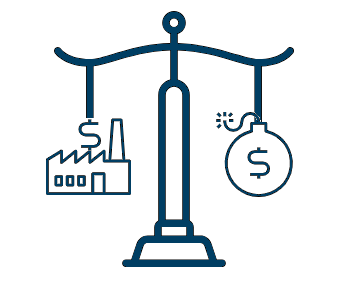Vendor finance is the scenario where a seller acts as the funder (providing debt or equity, or both) to a purchaser of her property.
Trade credit, while not specific to real estate, is a commonly known example of vendor financing.
Vendor finance example
A seller (vendor) is selling her property for R100M
(And for purposes of this example the assumption is that the R100M includes all transaction costs – e.g. conveyancing fees and bond registration charges, commissions, transfer duties etc.)
A buyer wants to buy her property at the asking price of R100M.
The bank can provide R70M debt funding (on a 70% LTV).
The buyer has R15M in cash.
This leaves the buyer with a R15M funding shortfall.
The buyer can get R5M in mezzanine funding.
Still the buyer is R10M short of the cash required to pay the seller, to do the deal.
The seller agrees to finance the buyer R10M (on terms negotiated between the buyer and seller) to help the deal go through. From a cash flow point of view, the seller will receive R100M less this R10M = R90M in cash. The remaining R10M can either be structured as a loan payable by the buyer to the seller, or an equity injection for the buyer’s purchase (belonging to the seller).
The act of funding this shortfall by the seller is known as vendor financing.





